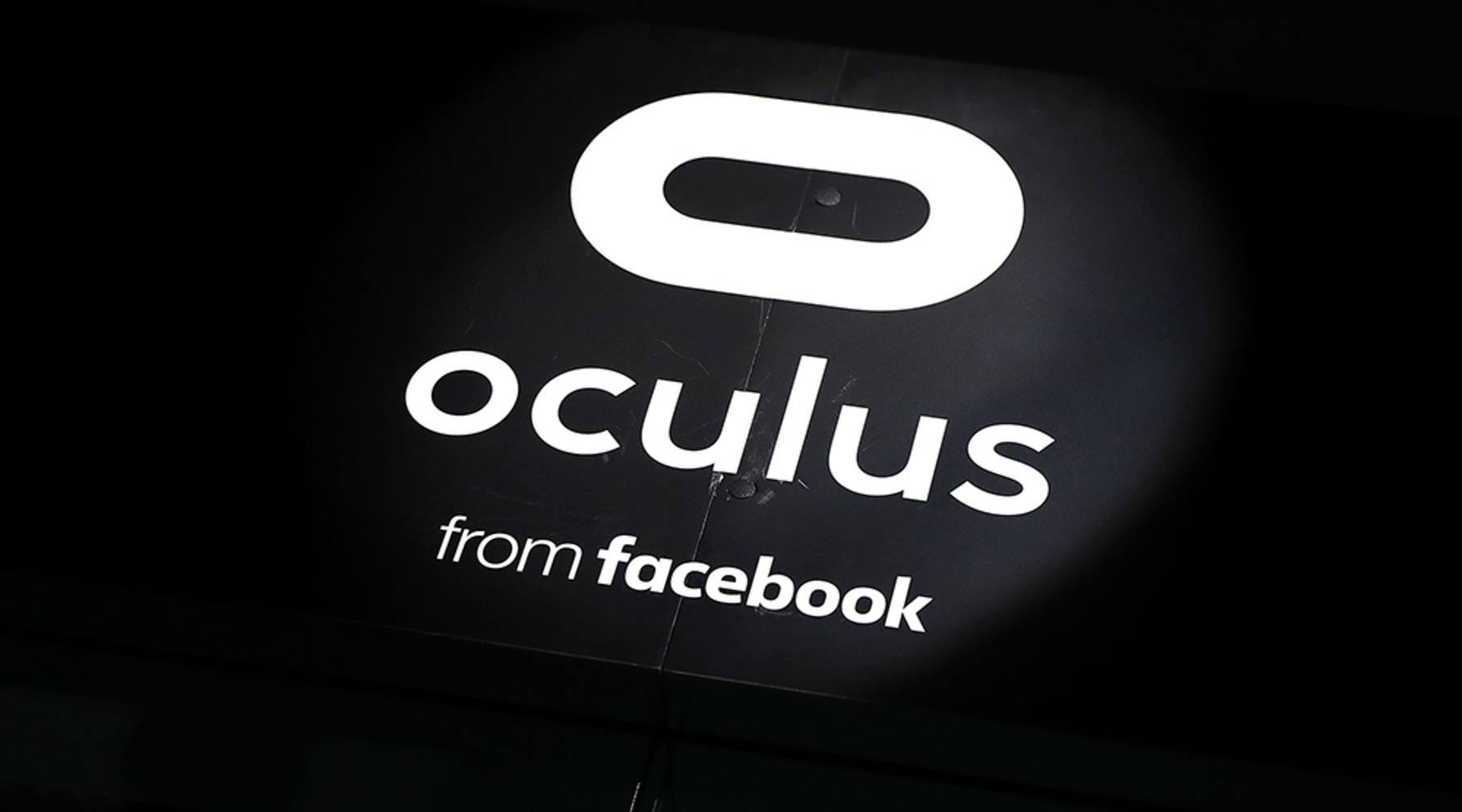Virtual reality is a growing platform that millions want to be a part of. With the platform getting mass attention like never before, there are some flaws that have been more prominent than ever. We talk about functionality and use-cases of virtual reality in our daily podcast. It seems like Oculus agrees that VR needs to be more adaptive to what users need and want.
In a recent blog post, Oculus talks about the exact idea. Not everything needs to be in 3D and 360° to be functional in VR. Check out their opening paragraph in their blog post below.
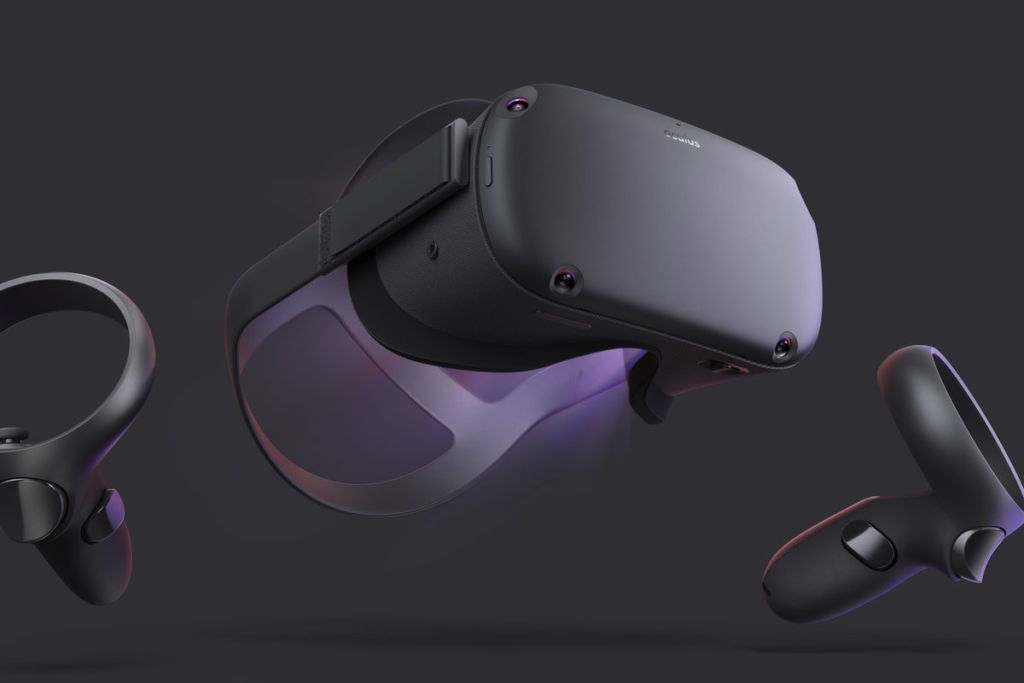
“The VR platform of the future must enable people to multitask easily, navigate between apps seamlessly, stay connected with others, and quite simply do more. From gaming to media and entertainment, from social experiences to getting work done, VR as the next computing platform will support the full spectrum of uses that people expect from their devices, like phones and laptops, today. As a step toward that future, we’re unveiling a major update to the Oculus Quest system experience that makes VR more flexible, social, and easy to use than ever before. It comes with a completely redesigned universal menu, new immersive overlays, and multi-window support for 2D apps starting with Oculus Browser—and these updates are launching as Experimental Features later this month.”
This is going to change the way people use VR, and how people interact with the Oculus Quest. Input in VR is still going to be a challenge, but this is a step in the right direction. Rather than us trying to describe the newest operating system, we will include the bulk of the blog post below. You can check that our here, or on the Oculus Blog website.
New Quest Features
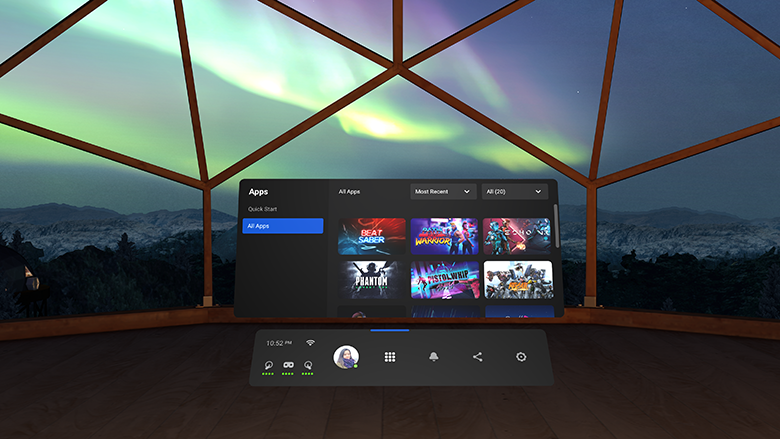
The redesigned universal menu is a personal dashboard that lets you navigate between immersive environments and 2D apps, control your device, and stay connected with people and with your system’s status while in VR. Our new design organizes information more clearly to help you navigate to commonly-used system apps like Explore, Store, Browser, and TV more quickly, as well as access key settings like brightness and volume. It also brings your recently and frequently used apps front and center so it’s easy to jump back into the action.
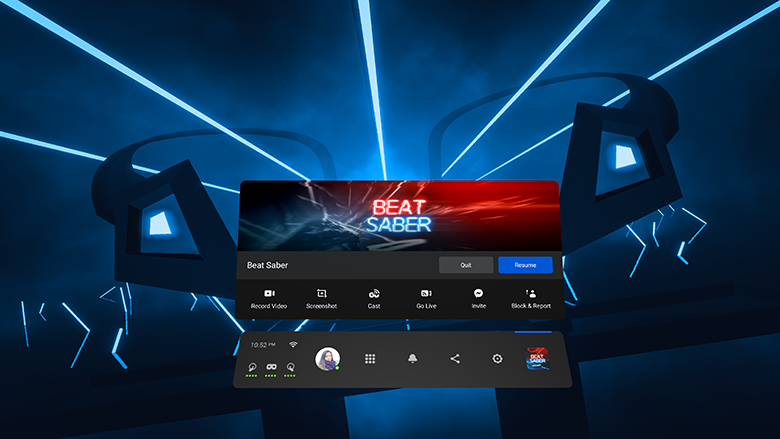
New immersive overlays make it possible to bring up content, like the universal menu, without leaving the app you’re in. That means it’s easier than ever to find and control system functions without missing a beat — no need to return to Home. Plus, tools for sharing and connecting are right at your fingertips while you explore VR, with seamless access to functions like making a friend request, casting, or livestreaming (Facebook login required). This will be available in WebXR apps launched from Oculus Browser to start, and will come to more apps on the Oculus Platform as developers add support, so over time you’ll have instant access to your menu anytime and anywhere in VR.
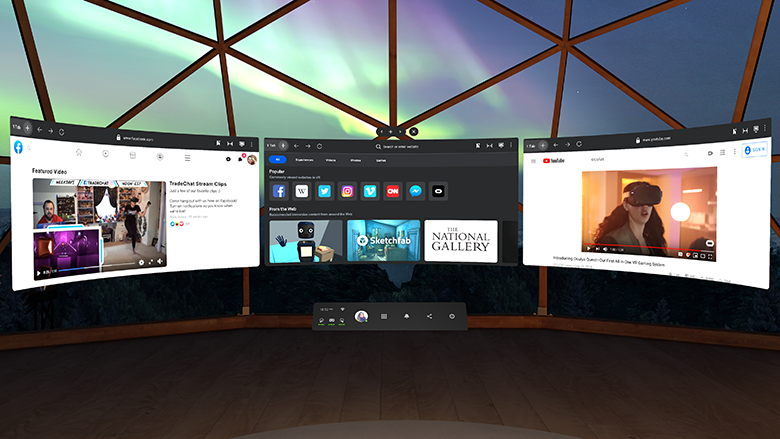
Oculus Browser now supports multiple windows, so you can multitask to get more done and stay connected. Watch a video to crib gameplay tips in one window, check out your friends’ latest Facebook updates in another, and catch up on the day’s news in a third. You can open, close, and rearrange windows from a new control box above the window. Support for multiple windows will first come to Oculus Browser, with support for more 2D apps like Chats and Store coming later.
Together, these updates continue to evolve the Quest experience and represent a step toward VR becoming the next computing platform. It all starts rolling out this month, and you’ll be able to opt in by going to the Experimental Features section in Settings and toggling the new features on. Be sure to let us know your thoughts on the Oculus UserVoice channel.






















